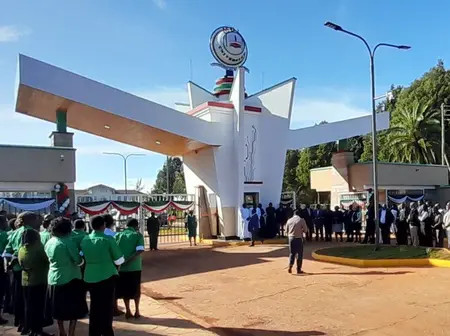Funding the education sector is a major challenge for the cash-strapped government as the country struggles to mobilise resources for competing financial needs.
Delays in releasing capitation funds to schools are common, as the money is not always readily available.
Sometimes, school heads receive a bit of what they are entitled to towards the end of the term.
They often have to juggle to keep learners in school, with pending bills from suppliers piling up, and are unable to pay the subordinate staff.
It is for these reasons that the latest statistics indicating the massive wastage of resources, including facilities, books, and equipment, have come as a huge shock.
An audit has just revealed that some 25 public junior secondary schools have several teachers catering for just one learner each. Equally dumbfounding is the finding that 1,000 schools have fewer than 10 learners. This is not just ridiculous, it is unbelievable!
But, on the other hand, there are congested schools with inadequate facilities and resources that deserve more funding.
It would make sense to simply transfer the excess students in the congested institutions to the ones that do not have enough learners. But it may not be that easy.
What comes to mind is the distance students to be shifted from the congested schools would have to cover to reach the institutions that are short of learners.
Many people will be keen to know how these schools have been allowed to function and continue receiving government funding.
It is obvious that they are unviable and cannot give value for the investment in facilities and the employment of teachers and non-academic staff, including clerks and cleaners.
This is a crisis that calls for some urgent attention. Education Principal Secretary Julius Bitok says stakeholders will discuss what to do about the schools with low enrolment to avoid wasting resources.
There is, indeed, an urgent need to ensure the optimal use of public resources by maintaining reasonable student-to-teacher ratios in schools.

Leave a Reply